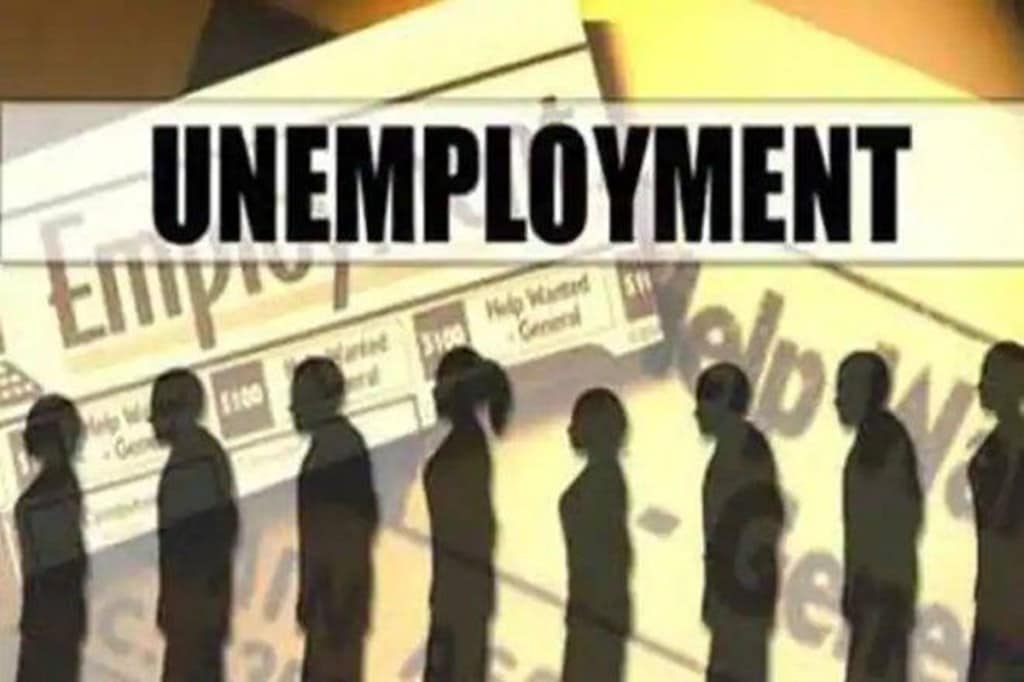India’s unemployment rate has significantly improved in the last few weeks, however, the paradigm shift is not only because of rising jobs but also due to the exit of a large number of people from the job market. The fall in the unemployment rate seen in recent weeks is meaningless and misleading in the face of a falling labour participation rate and a falling trend in the employment rate, Centre for Monitoring Indian Economy (CMIE) said. The unemployment rate fell to 6.4 per cent in the week ended September 20. Despite being the lowest weekly unemployment rate seen in a very long time, it is hardly a cause for celebration.
The first three weeks of September saw an average labour participation rate of 40.7 per cent. But, the 30-day moving average as of September 20 was 40.3 per cent, compared to 40.96 per cent in August. A shrinking labour force is a sign of a deteriorating labour market, indicating that people are so discouraged by the conditions that they prefer to sit out and not participate in the jobs market.
Also Read: Over 2 lakh people in urban India do not have shelter; these two western states top list of most homeless
While the number of unemployed persons seeking for job has decreased, the number of employed persons has also plunged. The employment rate hovered between 39 and 40 in the last fiscal year, which is 37.9 per cent in the first three weeks of September. There are estimates that the employment rate may further fall. The two principal reasons why the employment rate could fall further are the government’s predilections and the private sector’s disincentives, CMIE added.
Meanwhile, the economy is still functioning at a lower capacity despite the easing lockdown restrictions in many areas. CMIE further said that the recent labour statistics suggest that India could slip from this incomplete recovery instead of continuing on a recovery path unless the government engineers a well-thought recovery plan.

